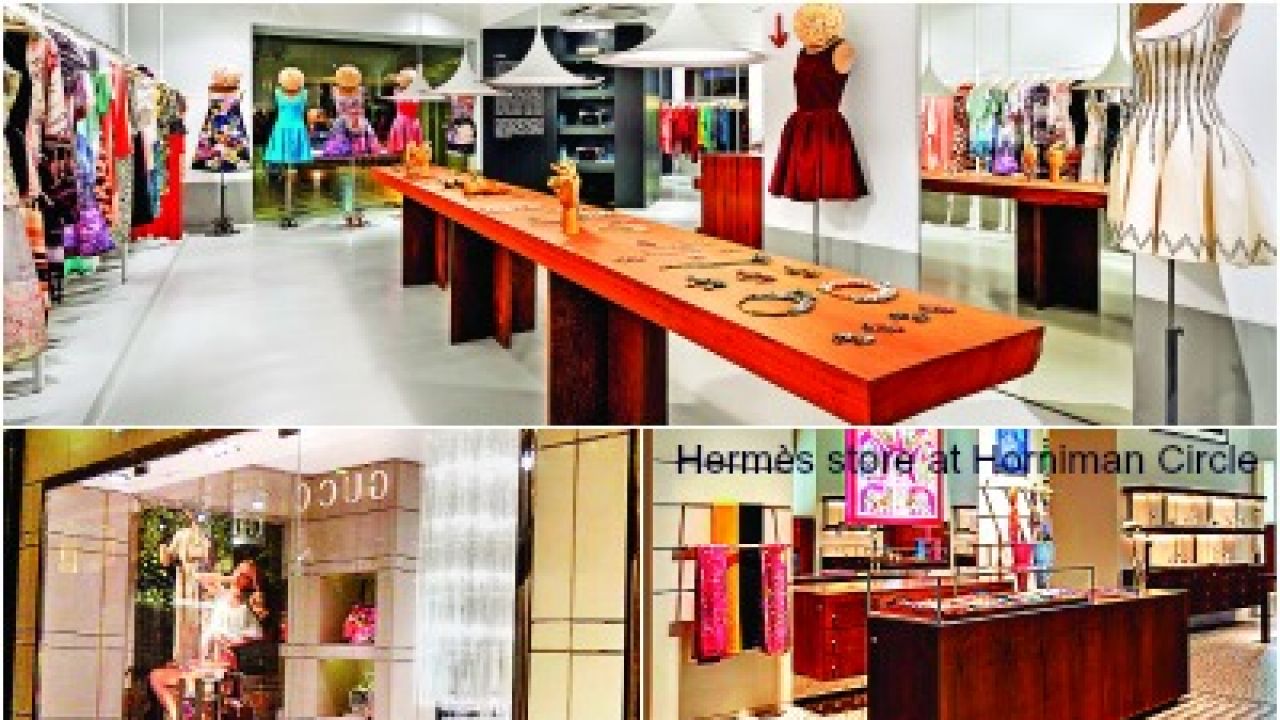Play all audios:
From Hermes to Manish Malhotra, Radhika Dhawan reports on why high street brands are now making an online presense The concept of a street known for its luxury stores is unfamiliar to India.
This kind of zoning, like in the West, hasn't happened here hence we do not have a Rodeo Drive (Beverly Hills, California) or Bahnhofstrasse equivalent (Zurich). Here in Mumbai, Kala
Ghoda/Horniman Circle houses the Hermès store in a 150-year-old heritage building along with the Christian Louboutin boutique and a Starbucks around the corner. A short distance away is the
newly opened Gaurav Gupta store and Sabyasachi's elaborately done-up store. That area is primed for high-end retail owing to its heritage value, Art Deco architecture and proximity to
Mumbai's well-heeled population. For the most part, so far luxury has been totally confined to high-end malls. FROM THE BEGINNING Before the existence of luxury malls, luxury stores had
no option but to locate themselves in five-star hotels for the right ambience. Deepika Gehani, Creative Director, Genesis Luxury says, "Hotels are not high on consumer traffic and
mostly limited to the business traveller. Once DLF Emporio in New Delhi, UB City in Bangalore, Palladium in Mumbai and now Quest in Kolkata opened their doors, a majority of the luxury
brands moved to these malls, as the footfalls are considerably higher and hence also the returns per square feet". Malls are becoming India's answer to the high streets not just
for the traffic they attract, but also for the 'luxury' infrastructure and environment that they provide. Real estate and a lack of infrastructure are the real problems. Other
factors hindering a luxurious shopping experience are the lack of right environment and long commute. Gehani adds, "The main reason is the lack of adequate infrastructure that can house
luxury on Indian high streets. Coupled with this, the problem of unsuitable weather and hygiene conditions are also not very conducive to luxury brands". All of these reasons pose a
challenge for retailers in terms of per square foot realisation of revenue. As a result, it's difficult to find an area that's just right for high-end retail. VIABLE OPULENCE
Cecilia Morelli Parikh, Co-founder, Le Mill thinks, "The big danger is that because of these inflated prices and poor roads, web shopping will beat out retail before it has even begun
in India". And she might be correct. With no viable high street options anywhere on the horizon yet, very busy consumers in the country have comfortably taken to what might just turn
out to be the 'new' high street. Shopping portals such as RockNShop, Darveys, Pernia's Pop-Up Shop, Elitify, Le Mill, Exclusively.in have gained a lot of traction. Although
before making the plunge to buying expensive Manish Malhotra, Stella McCartney, Alexander Wang and Marc by Marc Jacobs products online, consumers have gained confidence with sites like
Stylista and Koovs that provide exclusive designer wear at accessible price points by way of one-of-a-kind capsule collaborations or more premium brands. Avnish Chhabria, CEO, Stylista.com
who works with the likes of Wendell Rodricks, Shivan & Narresh and Yogesh Choudary shares, "We make limited edition designer clothing that you won't find anywhere else. Another
USP is our affordable price tag. All our designer collaborations are priced under `5,000". DIGITAL LUXURY Robert Bready, Creative & Retail Director at Koovs.com feels that the
reasons for this shift are the same the world over. "With time constraints people want an easy and quick shopping experience. They don't want to spend one hour in a car to reach
the shops to find limited availability or out of stock sizes". It's hard for brick and mortar stores to match this kind of variety and price because of the markups and overheads,
which are next to nil in online retail. However convenient, it will never replace the excitement of walking by designer boutiques on Bond Street (London) or Rue de Rivoli (Paris) with
shopping bags, watching the spectacular window displays, stopping by the café for a quick drink and chat with girlfriends. Online may never completely close physical shopping as people
engage differently with these two mediums. The future is multi-channel retailing. Brands will have physical flagship stores that allow the customer to experience and engage with the brand.
They will also have online stores, either their own or with an online partner, which will allow them to have a greater reach and a digital presence.

